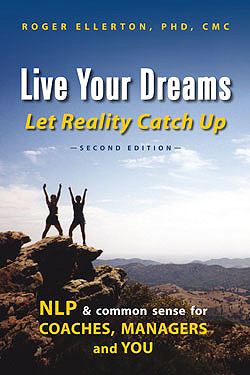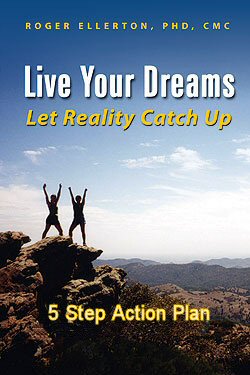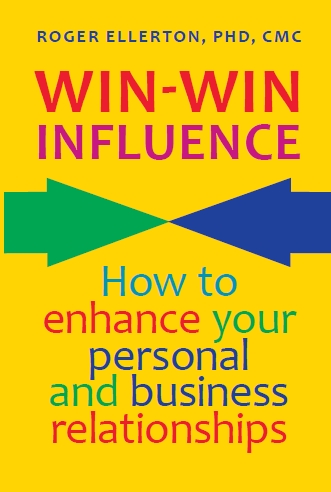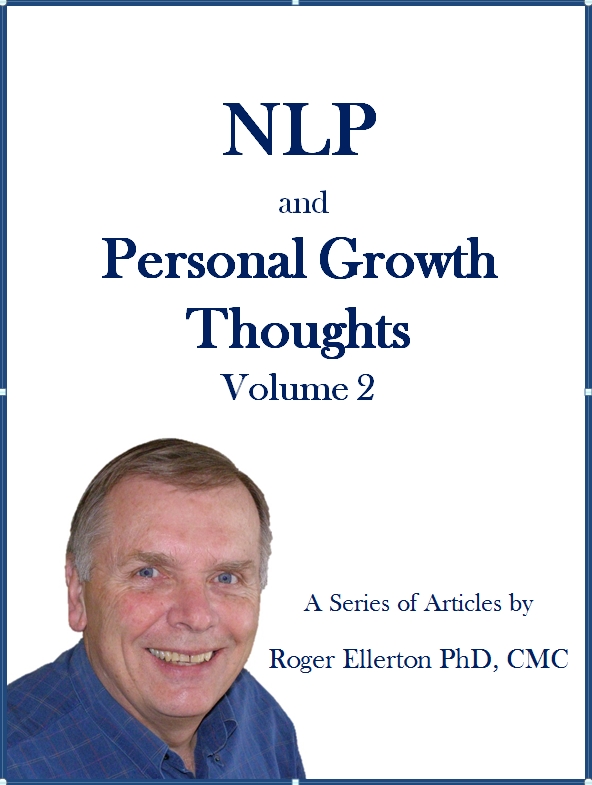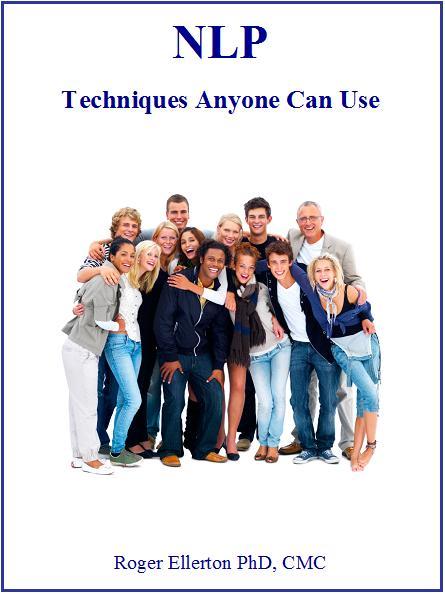NLP Communication Model, Part II
By Roger Ellerton Phd, ISP, CMC, Renewal Technologies Inc.
This article may not be republished without written permission from Roger Ellerton/Renewal Technologies Inc. If you republish this article without permission, you will be in violation of copyright law and sent an invoice. You may share this and other pages with your friends by linking directly to this page from your website or blog.
The NLP Communication Model is about how you make sense of your world and the behaviours that you manifest as a result. In a previous article (NLP Communication Model, Part I), we discussed how you make sense of your world - i.e. you filter information by deleting, distorting and generalizing. This article links your internal representations - a product of your filters - with your behaviours.
Internal Representations
Do you remember having breakfast this morning? How do you remember it? Do you see a picture in your mind, or are there smells or tastes? Were there sounds - perhaps in your mind you can hear a radio? To remember an event, your mind uses pictures, sounds, feelings, tastes, smells and words. These perceptions of your 'outside world' are called internal representations and are a function of your filters (i.e. beliefs and values). Your perceptions are what you consider to be 'real' or in other words your reality.
If you and I have breakfast together, our internal representations or perception of breakfast will most likely be similar and different in some way - depending on what is important to each of us (our filters). Breakfast is not very controversial. But what about our views on the war in Iraq. Given our different backgrounds, we may perceive this very differently with significantly different reactions (behaviours).
Filters
Have you ever gone to see a movie with a friend, sat next to each other, saw exactly the same movie and one of you thought it was the best movie ever and the other thought it was terrible? How could that happen? It is quite simple. You and your friend filtered the information differently (different beliefs, values, decisions, etc.). In other words, you perceived the movie differently and hence behaved differently in your reaction to it.
By the way, who put your filters in place? You did! - based on what happened in your family as you grew up, the teachings of your church (or absence of church), the beliefs and values in the part of the country where you lived, decisions you made about the world (i.e. a safe place or a dangerous place), etc. If your filters are not creating the results that you desire, you are the only person who can change them. The first step is to become consciously aware of the filters you have and what kind of reality (results) they are creating for you.
Internal Representations and Behaviors
Would you like to see the effect internal representations have on your behaviours?
Think of a really happy event in your life? Close your eyes and get a picture of it in your mind, bring in any sounds, feelings, tastes and smells. Fully experience the event in your mind. Once you have done that, notice if there were any changes in your physiology. Maybe as a result of these memories (internal representations), you had a smile on the face, or sat up straighter, or maybe breathed deeper. I am sure that your physiology changed in some way. I did not ask you to change your physiology, did I? What this demonstrates is that the pictures, sounds, etc. (internal representations) that you make in your mind, influence your physiology and as a result, your choice of words, the tone of voice you use and the behaviours you manifest.
Now sit up straight, put a big smile on your face, and breath deeply. While you do that, feel sad. I will bet that you could not feel sad without changing your physiology (i.e. shallow breathing, rounded shoulders, etc.). This illustrates that your physiology influences your internal representations (feeling sad or happy). Next time you are feeling sad or down, what can you do? Participate in some physical activity (i.e. brisk walk, exercise).
Another example: Suppose you believe that your boss or someone in your family is the part of the horse that is over the fence last (for those of you who are a little slow - a horse's ass!) You are on your way to see your boss and in your mind, you think 'What an ass!'. Not only do you think it, but you have internal representations (pictures, sounds and feelings) of previous events that prove it - your reality). What will your physiology be like when you walk into his/her office, what about your tone of voice or the words you use? Given your behaviours, do you think he/she will support your idea or do what you suggest? I doubt it and what has he done? Proved once more that he is indeed a horse's ass!
Suppose, one of your co-workers, thinks your boss is great! What kind of internal representations do you think he is making in his mind about your boss. What about his physiology, tone of voice, or the words he uses? And what about the results that he gets with the boss? Because of your different perceptions, you each created different results and hence different realities!
Conclusion
Based on your previous experiences, you filter information about the world around you. The resulting internal representations are how you perceive the world (your reality) and this drives your behaviours, often reinforcing that your perception of the world is 'correct'.
For me, one of the benefits of NLP is to discover the filters I have put in place and how they affect what I see, hear, feel; how I react to others and what I create in my life. Once I become aware of those filters that do not serve me, I can choose consciously or with the help of NLP techniques to modify or remove them.
And NLP is Much more than that!
Author: Roger Ellerton is a certified NLP trainer, certified management consultant and the founder and managing partner of Renewal Technologies. The above article is based on his book Live Your Dreams Let Reality Catch Up: NLP and Common Sense for Coaches, Managers and You.
Copyright © 2003, Renewal Technologies Inc. All rights reserved.

